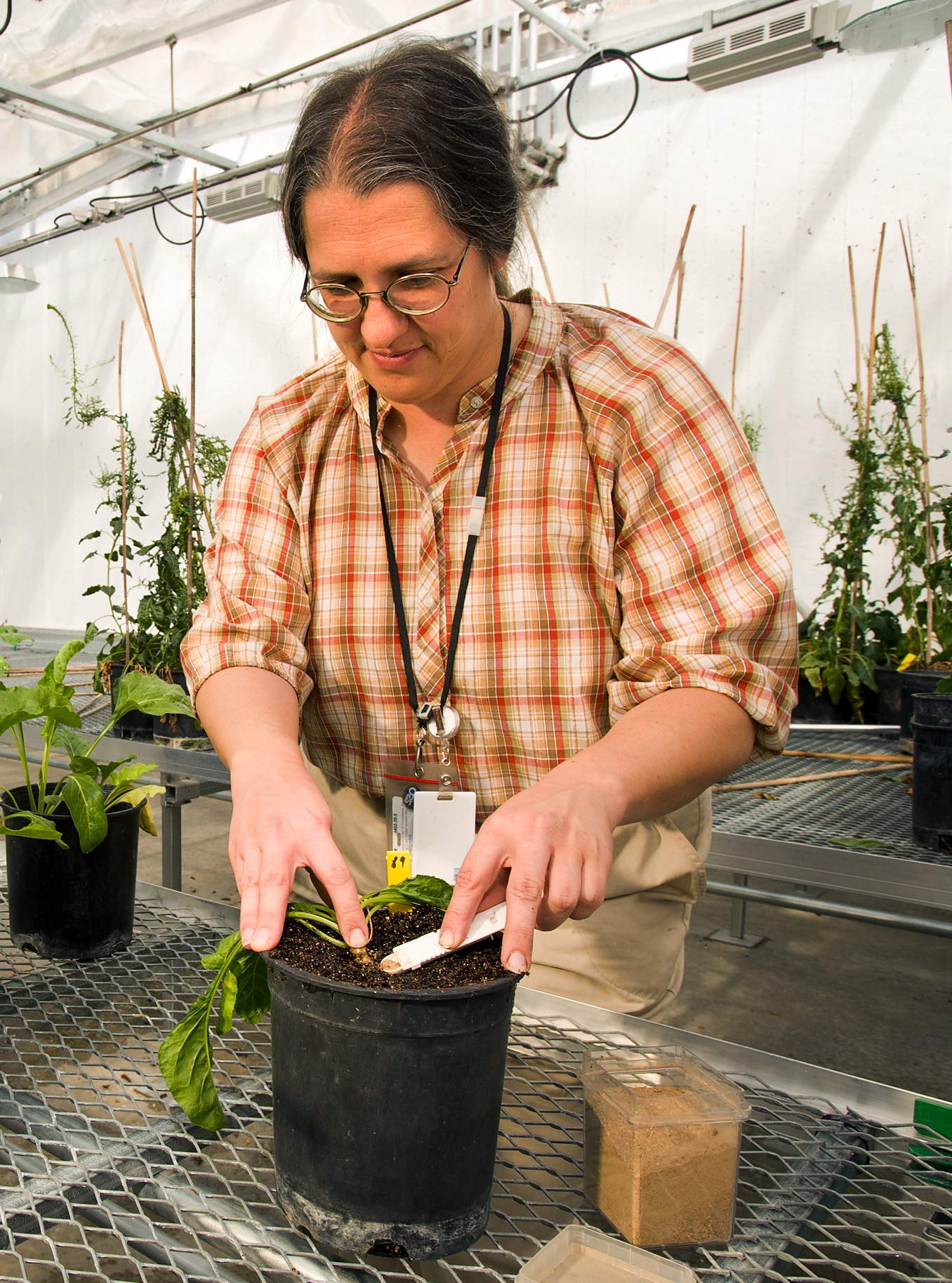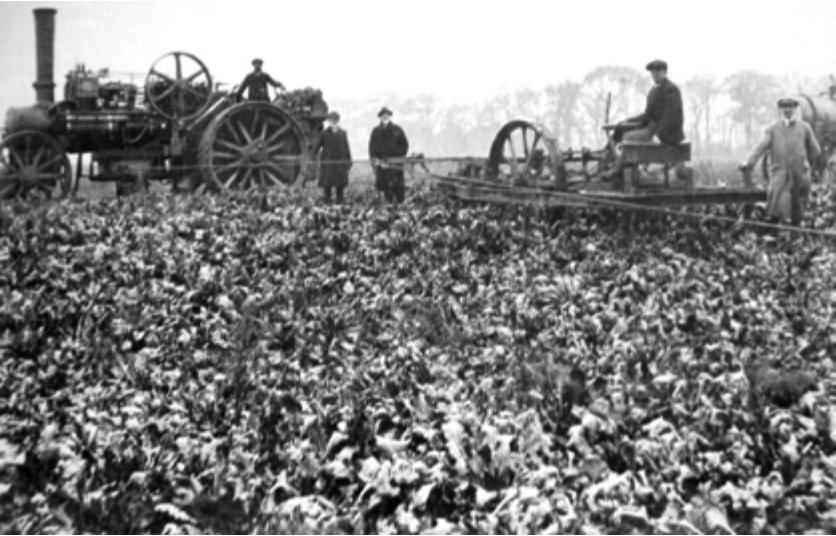MSU and USDA celebrate 100 years of cooperative research and Extension
On Wednesday 25 August 2023 at the Saginaw Valley Research and Extension Center, all the big names in MSU USDA Sugarbeet research were on hand to reflect, review and plan for the future.
This summary article, written by Linda Hanson and Rachel Naegle, originally appeared in the Michigan Sugar Company Newsletter.
Michigan Sugar Company Newsletter
Newsbeet Winter 2023
1923- 2023 CELEBRATING 100 YEARS OF
PARTNERSHIP BETWEEN USDA AND MSU
By Linda Hanson, Ph.D., and Rachel Naegele, USDA Agricultural Research Service
Over the years, public sugarbeet breeding programs overseen by the United States Department of Agriculture (USDA) Agricultural Research Service have been an essential contributor to the industry’s success, with more than 1,000 releases, including varieties and breeding lines.
Celebrating its 100th anniversary in 2023, the East Lansing unit of the agency is no exception.

In 1923, the USDA Bureau of Plant Industries — now known as the Agricultural Research Service (ARS) — was relocated to East Lansing to facilitate collaborative work with Michigan Agricultural College — now known as Michigan State University. The goal was to develop sugarbeet varieties adapted to Michigan, particularly those with resistance to Aphanomyces-induced root rot, both at the seedling (also called black root) and adult stages, as well as resistance to Cercospora leaf spot.
The USDA has maintained a sugarbeet research presence in East Lansing ever since, even as the industry has grown and changed to hybrid seed and mechanized production practices (Photo 3). More than 80 sugarbeet lines have been released at this location since 1960 by multiple breeders who have built off their predecessors and adapted the program to fit the industry’s needs. During that time, Cercospora leaf spot resistance has remained an important aspect of the research project.
Breeding and sugarbeet genetics also have continued to be a major focus with one or more breeders/geneticists at the location since its inception.
E.E. Down, in 1923, through a cooperative agreement with Michigan Agricultural College, began the process of developing multi-germ varieties suited to Michigan’s climate. This was the start of the breeding program and a shift from the previous work of variety evaluations. In 1929, Down was succeeded by H.L. Kohls, who was responsible for the original source of monogermy, one seed per fruit (circa 1950) that is now widely deployed throughout commercial breeding programs.

By the mid-1950s, sugarbeet breeding had shifted from multigerm lines to monogerm hybrids under G. Hogaboam. The most prominent USDA hybrid developed at the time was “US H20,” a variety with moderate Cercospora leaf spot and Aphanomyces resistance, bolting resistance, and good sugar yield. This was released in 1967. Breeding hybrid sugarbeet varieties continued until the mid-1980s, when public breeding programs began to release improved breeding lines and hybrid development shifted to commercial companies. In 1985, Hogaboam retired, and J.C. Theurer joined J.W. Saunders in the program. At that time, germplasm enhancement became the focus.

Theurer and Saunders made great strides incorporating the smooth root- and Rhizoctonia-resistance traits into East Lansing germplasm with the low bolting, Cercospora and Aphanomyces resistance that were typical of the program. This work was later continued and expanded by J.M. McGrath, who brought the industry releases such as “EL51” (Rhizoctonia and Cercospora resistance) and “SR98” (smooth root with seedling and adult plant Rhizoctonia resistance), and “SR102” (smooth root with good storage). Beyond germplasm releases, McGrath also positioned the program to make use of technologies like genomics. Breeding efforts continue with R.P. Naegele.
As the USDA ARS prepares for the next century of sugarbeet breeding, the program will continue to evolve to meet the industry’s changing needs. A major factor for breeding efforts is germplasm enhancement and disease resistance, combining useful traits from wild beets into sugarbeets using modern and traditional tools.



 Print
Print Email
Email




